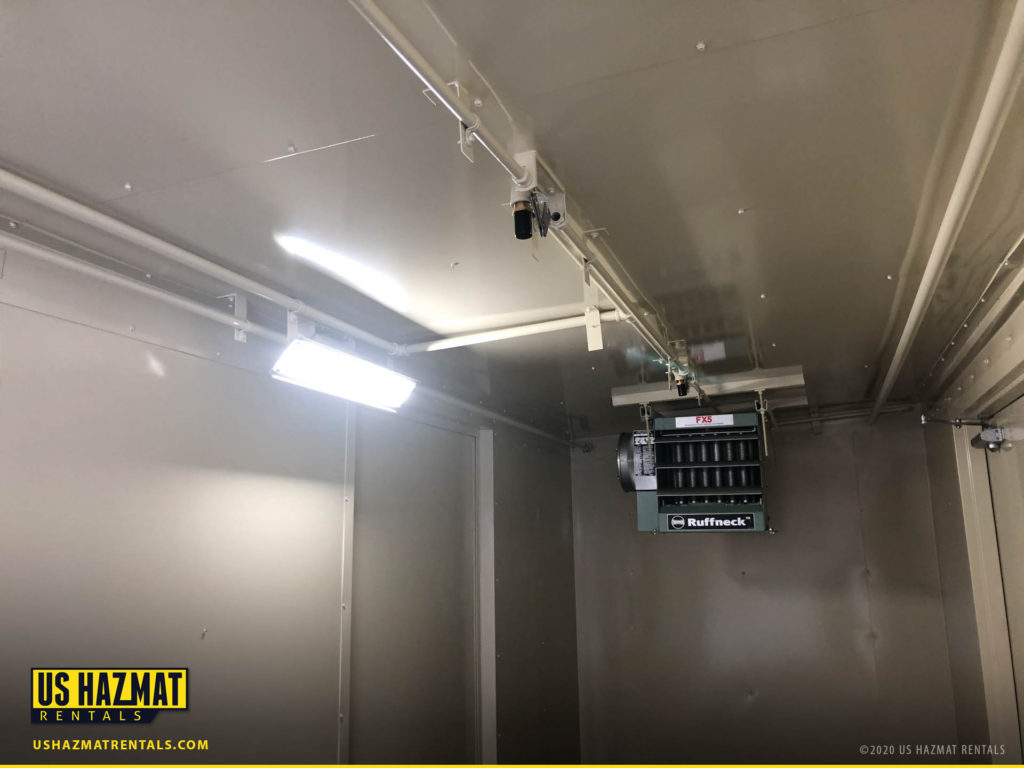
Not all threats can be visible. The chemicals with the most insidious side effects often remain invisible to the naked eye. Many of the composite or fundamental components of popular consumer products can be laced with dangerous chemicals with funny sounding names. Acetonitrile might sound something straight out of a chemistry textbook, but its everyday application is more than just noteworthy. Acetonitrile is used to make perfumes, rubbers, pharmaceuticals, batteries and acrylic nail removers. It is also used in the extraction processes of fatty acids commonly found in animal and vegetable oils.

How is Acetonitrile Dangerous?
Acetonitrile is considered highly toxic to the human body. This toxic, colorless substance, which is often associated with a sweet taste, is extremely flammable. Like other combustible liquids, acetonitrile is prone to sudden ignition precipitated by sparks, fumes and heat. Acetonitrile is so dangerous that it can even negatively react with water – producing flammable vapors that need just a simple spark to turn into a toxic catastrophe. What makes this chemical particularly dangerous is that once it morphs into a vapor, it can secretly creep among corridors and move to other rooms within your facility where it can unleash a flash fire.
Side Effects and Symptoms
- Eye, nose, throat and lungs irritant
- Can result in fatal cyanide poisoning
- Dilated pupils
- headache
- nausea
- Dizziness
- tightness in chest
- rapid breathing
- vomiting
Long-term Effects
- Enlargement of thyroid gland
- Inflammation of the skin
- Possible birth defects
- Can impact liver, lungs, kidneys and central nervous system.
How to Store Acetonitrile
As the case with any flammable or combustible liquid, we recommend a fire-rated ventilated and climate controlled storage locker from U.S. Hazmat Rentals. Safely storing flammable liquids can be trickier than solid items because of the dual-threat capacity. Think back to your eighth grade science class. What happens when a liquid is heated? If you were paying attention instead of daydreaming about playing Call of Duty, you might remember that vapor pressure increases until the vapor pressure equals the pressure of the gas above it. Toxic vapors can be invisible to the naked eye. Many flammable liquids emit undetectable vapors that have low flash points, which means it doesn’t take much to cause a flashover fire.


Mechanical ventilation can prevent the accumulation of flammable molecules from the vapors of acetonitrile. Removing unsafe saturations and airborne particles can also keep foreign objects out of your storage proximity so they don’t interfere with the locker’s dangerous payload. Climate control and air conditioning will ensure acetonitrile doesn’t undergo rapid heating, which can also result in fire and explosion. Make sure to inquire of these options when speaking with your trust U.S. Hazmat Rental building advisor.
